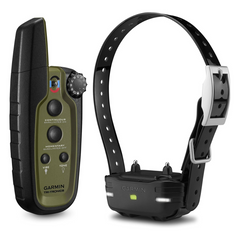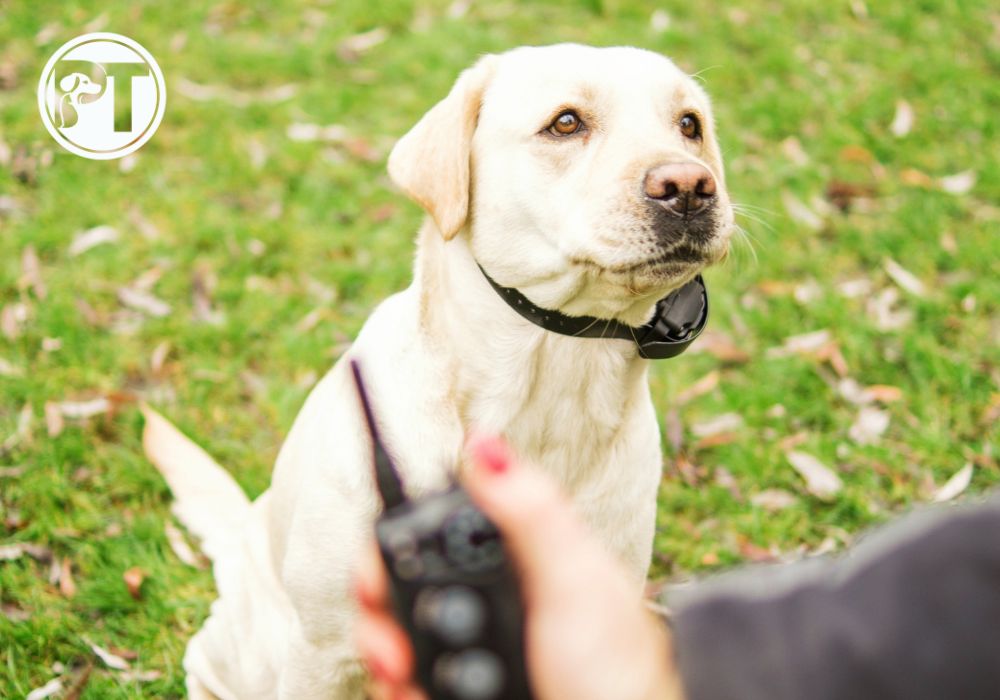Is Your Dog Getting Enough Exercise – Signs, Tips, and Training Solutions
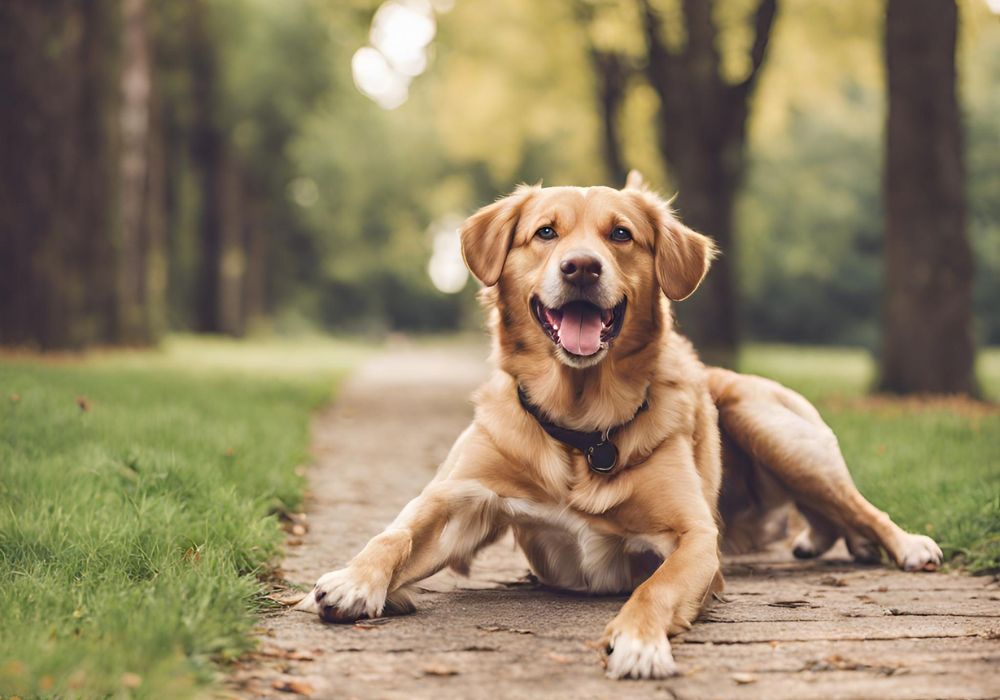
Do you have a furry friend who loves to play fetch and go for walks? If so, you’re probably aware of the many benefits of exercise for dogs. But what if your dog isn’t getting enough exercise?
Under-exercised dogs are more likely to be overweight, anxious, and destructive. They may also exhibit behavioral problems such as barking, chewing, and running away. If you’re concerned that your dog may be under-exercised, there are a few things you can do.
In this blog post, we’ll explore the signs that your dog may be under-exercised. We’ll also give tips on what you can do to help them get the exercise they need. Keep reading to learn more!
Why Exercise Is Important for Dogs
Regular exercise is crucial for dogs of all breeds, ages, and sizes. It provides a number of health and behavioral benefits, including:
- Physical Health
Exercise helps keep dogs in good physical condition, supports weight management, strengthens muscles and bones, and improves cardiovascular fitness. Additionally, a lack of exercise can contribute to obesity, leading to several health problems like diabetes and heart disease.
- Mental Stimulation
Exercise is not just about physical exertion, but it also provides mental stimulation for dogs. Engaging in various activities helps alleviate boredom and prevents behavioral problems in dogs. Pets who receive sufficient exercise are generally happier and more content. They are also less likely to exhibit destructive behaviors like excessive chewing or digging.
How Much Exercise Does a Dog Need?
To determine how much exercise your dog needs, consider factors such as breed, age, size, and health condition. For example, high-energy breeds like Border Collies or Boxers require more exercise than low-energy breeds like Bulldogs.
Here are some general guidelines:
- Puppies
Puppies need a lot of exercise to help them grow and develop properly. They should get at least 30 minutes of exercise daily, divided into several short walks or play sessions.

- Adult dogs
Adult dogs need at least 20-30 minutes of exercise per day. However, some breeds, such as working dogs, may need more.

- Senior dogs
Senior dogs may not need as much exercise as they did when they were younger. However, they still need some exercise to stay healthy. A good rule of thumb is to start with 15 minutes of exercise daily and adjust the duration as needed.

Note that not all exercise is created equal. Some types of exercise, such as running, are more strenuous than others. Choose activities appropriate for your dog’s age, breed, and fitness level.
Signs Your Dog Isn’t Getting Enough Exercise
It's important to be aware of the signs that indicate your dog may not be getting enough exercise. By recognizing these signs, you can address your dog's exercise needs and ensure they're well-stimulated and healthy.
Here are some signs that your dog may not be getting enough exercise:
- Restlessness
- Weight Gain or Obesity
Without adequate physical activity to burn calories, dogs can easily accumulate excess weight, leading to obesity in dogs. Overweight dogs are more likely to develop health problems like arthritis, heart disease, and diabetes.
- Excessive Barking
Under-exercised dogs may resort to excessive barking. When dogs are not sufficiently stimulated, they may become bored or frustrated, leading to excessive vocalization.
- Attention-Seeking Behavior
- Lack of Focus or Difficulty in Training
Dogs without enough exercise may have difficulty focusing and following commands. Dogs with excess energy are not physically tired and may find it difficult to focus on the task at hand. This lack of focus can hinder their progress in training.
How to Ensure Your Dog Gets Enough Exercise
We have provided a list of strategies you can take to ensure your dog is getting enough exercise. Consider the following in planning your exercise activities with your dog:
1. Daily Walks and Outdoor Activities
Regular walks are an excellent way to provide your dog with physical exercise and mental stimulation. Aim for a minimum of 30 minutes to an hour of brisk walking each day for your dog. This helps them burn off excess energy and allows them to explore their surroundings.
If you have a yard, you can also let your dog run around and play fetch. This is a great way for them to get some exercise and have fun at the same time.
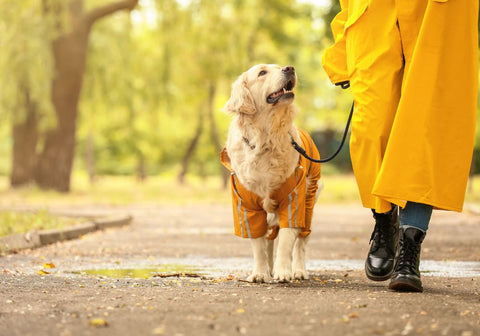
2. Incorporating Mental Stimulation
In addition to physical exercise, it’s crucial to challenge your dog’s mind to keep them mentally sharp and fulfilled. You can use interactive toys and treat puzzles for your dog’s exercises. These activities provide mental stimulation and help tire them out, preventing boredom.
There are many different interactive toys available on the market. Some popular options include puzzle toys, food dispensing toys, and tug toys. These toys can help keep your dog entertained for hours on end.
Utilizing treat puzzles is another excellent way to provide mental stimulation. These puzzles are filled with small treats that your dog has to work to get out. This helps keep them occupied and engaged.
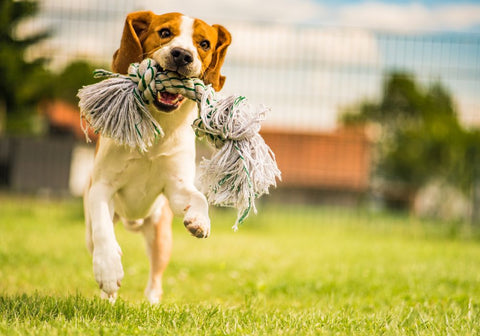
3. Breed-Specific Activities
Different dog breeds have specific exercise requirements based on their instincts and traits. Tailor activities to suit your dog's breed characteristics. For example, Labrador Retrievers have a natural affinity for fetching. Hence, playing fetch with them allows them to indulge in their innate desire. Meanwhile, herding breeds like Border Collies excel in agility courses, where they can showcase their intelligence and physical abilities.
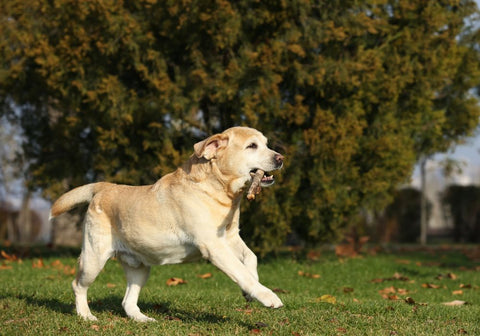
4. Obedience or Agility Classes
Enrolling your dog in obedience or agility classes serves multiple purposes. Not only do these classes provide structured exercise, but they also enhance your bond with your dog. Participating in these classes enhances communication and teamwork with your pet, fostering a harmonious bond.
Obedience classes teach your dog basic commands such as sit, stay, and come. This can help keep them under control in public and prevent them from getting into trouble.
Agility classes teach your dog how to navigate an obstacle course. This is a great way to challenge your dog mentally and physically.
If you’re unsure what activities are right for your dog, talk to your veterinarian or a certified dog behaviorist. They can help you create an exercise plan that suits your dog’s needs.

Best E-Collars for Basic Obedience Training
If you're looking for an effective way to train your dog, you may want to consider using an e-collar. E-collars are electronic devices that emit a mild stimulus, such as a vibration or a shock, to get your dog's attention. When used correctly, e-collars can be a very effective way to teach your dog basic obedience.
1. Dogtra 200C Remote Training Collar
The Dogtra 200C remote trainer has an ultra-compact receiver built for dogs with smaller necks. It’s an intuitive dog training collar, excellent for reinforcing dog commands. With its 1/2-mile range, this e-collar is perfect for backyard training, neighborhood walks, or park strolls.
2. Mini Educator ET-300 Remote Training Collar by E-Collar Technologies
The Mini Educator ET-300 e collar is a popular choice among dog owners and professional trainers. It has a ½-mile range, 100 levels of stimulation, and vibration and tone modes. This gives you a lot of flexibility in how you train your dog. The Mini Educator e collar is available in three colors: yellow, black, and the Educator Zen 300.
3. Garmin 01205-00 Sport PRO Bundle Remote Training Collar
The Garmin Sport PRO is a compact dog training e-collar designed for easy one-handed operation. It features a quick turn dial with 10 stimulation levels, vibration, tone, and beacon lights. It can train up to 3 dogs (extra collars needed) within a 3/4-mile range and has a built-in BarkLimiter for quieter training sessions. This Garmin collar is ergonomic, waterproof, and has a long-lasting battery life.
Can You Walk Your Dog in Hot or Cold Weather?
When planning outdoor activities, consider the weather conditions to ensure your dog’s safety and comfort. Adjust the intensity and duration of the exercise based on hot or cold weather.
Hot Weather
- Avoid walking your dog during the hottest part of the day. The ideal time to walk your dog is in the early morning or late evening when the temperatures are cooler.
- Make sure your dog has plenty of water. Bring a water bottle on your walks and offer your dog frequent drinks.
- Watch for signs of heatstroke. Signs of heatstroke include heavy panting, excessive drooling, bright red gums, and vomiting. If you see any of these signs, take your dog to the vet immediately.
Cold Weather
- If the weather is very cold, dress your dog in a warm coat to help keep them warm.
- Keep your walks short. This will help prevent your dog from getting too cold.
- Avoid walking your dog on icy surfaces. Icy surfaces can be slippery and dangerous for dogs.
- Watch for signs of hypothermia. Signs of hypothermia include shivering, lethargy, and pale gums. If you see any of these signs, take your dog to the vet immediately.
Indoor Exercise
If you can’t walk your dog outside, you can do some indoor activities to keep them active. Some fun indoor activities for dogs include:
- Playing fetch: You can play fetch with your dog indoors by throwing a ball or toy for them to chase.
- Playing tug-of-war: Tug-of-war is a great way to exercise your dog's muscles and build their strength.
- Doing agility training: Agility training is a great way to challenge your dog’s mind and body. You can try various agility exercises, such as jumping over hurdles, weaving through poles, and climbing ramps.
By being creative and adaptable, you can keep your dog active and healthy regardless of the weather.
Final Word
Exercise is vital for your dog’s physical well-being and overall happiness. Stay attentive to their needs and prioritize physical activity to keep them healthy and content.
So, get out there, have fun, and keep your four-legged friend active and healthy!
You might also enjoy...
-
Posted in
Pet Health, Training Tips


